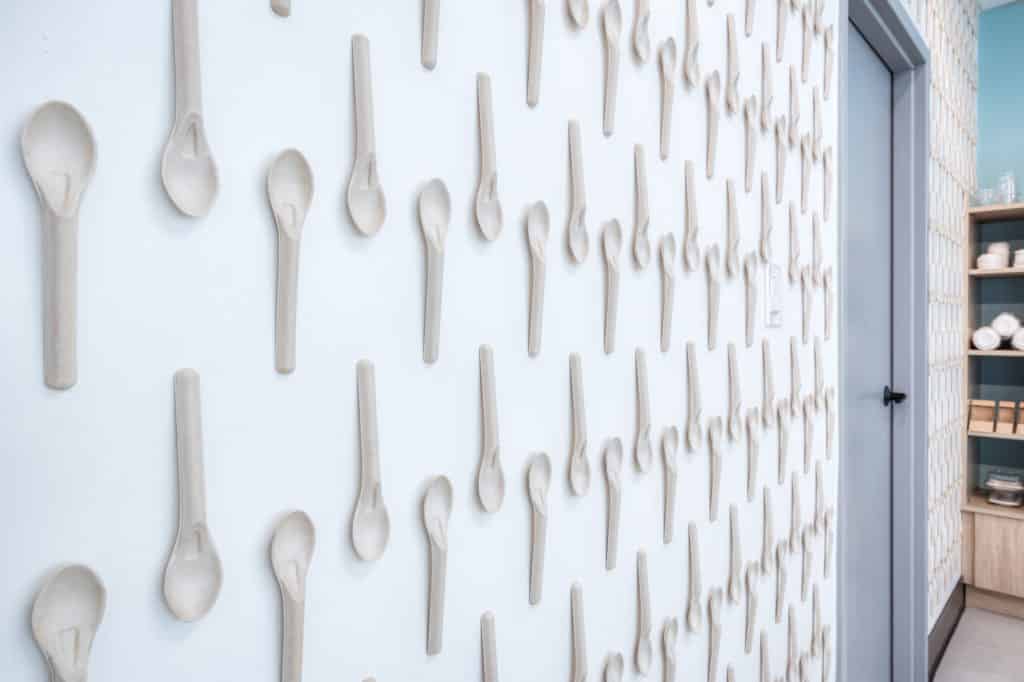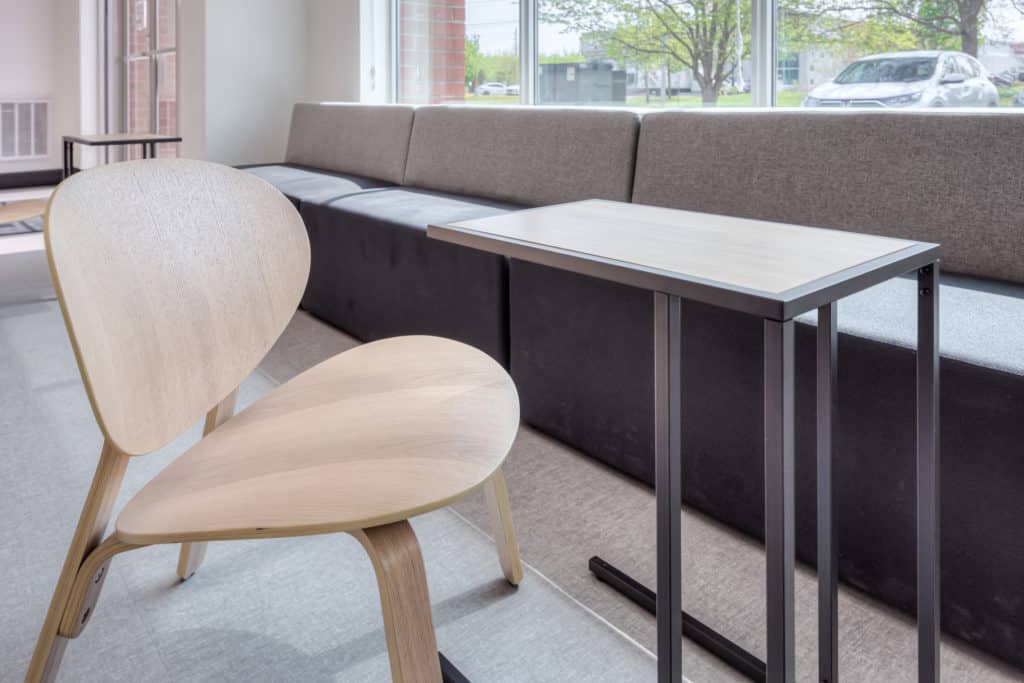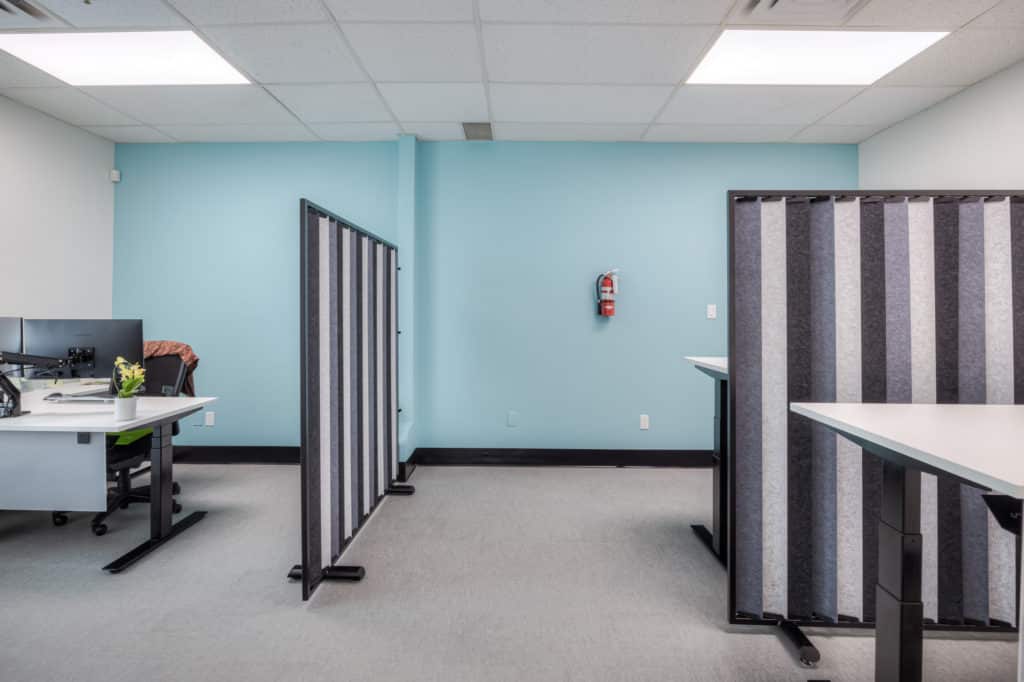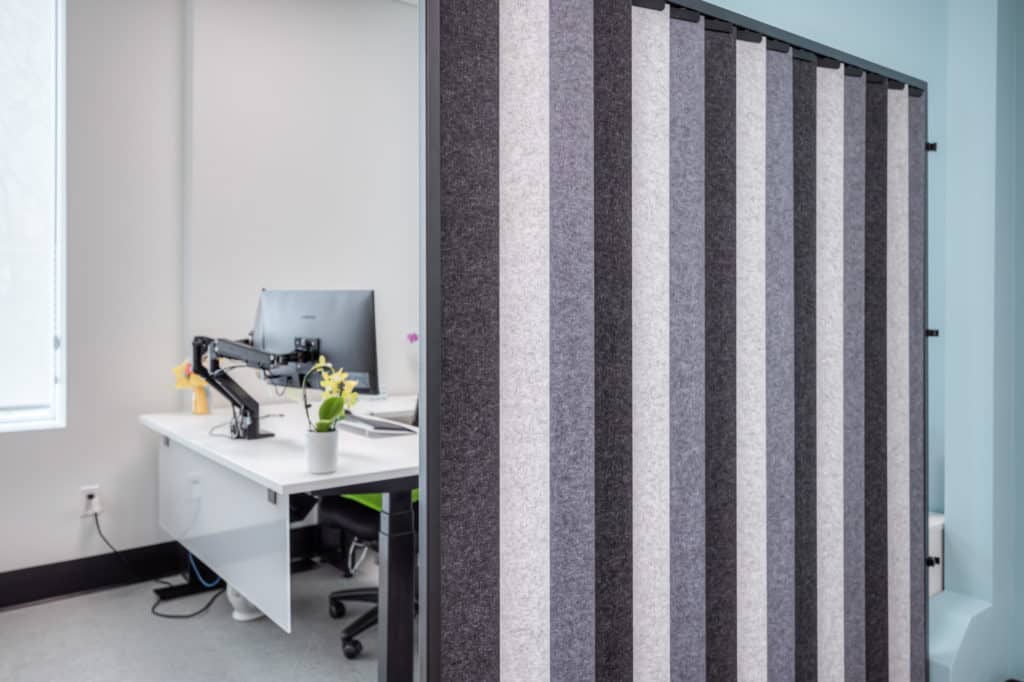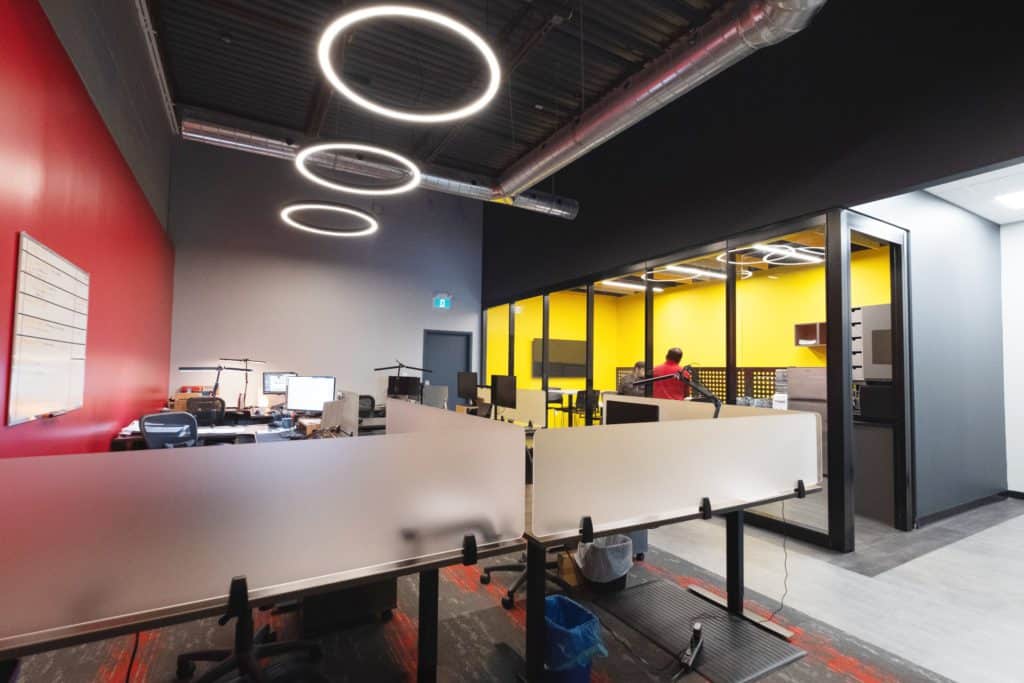Bringing employees back to the workplace
The landscape of work has undergone a significant transformation in recent times, with remote work becoming the norm for many businesses. As we transition back to the office, a well-crafted office transition plan is essential for ensuring a smooth and successful return. This article explores the key elements of an effective office transition plan, with a special focus on the role of interior design in creating a workspace that inspires collaboration, productivity, and a sense of well-being. Employee Training and Onboarding: Ensure that employees are equipped with the necessary skills and knowledge to navigate any new technologies or changes in office procedures. Offer training sessions or provide resources to facilitate a smooth transition. Flexible Scheduling Policies: Implement flexible scheduling policies that accommodate diverse work styles and personal commitments. This flexibility can contribute to employee satisfaction and work-life balance, enhancing their overall experience in the transition. Inclusive and Diverse Design: Consider inclusivity and diversity in your interior design plan. Create spaces that accommodate different workstyles, preferences, and accessibility needs. This approach fosters a sense of belonging and equity among employees. Wellness Programs: Integrate wellness programs into the workplace, both in terms of design and initiatives. Consider spaces for relaxation, meditation, or physical activity. Wellness programs can contribute to employee health and happiness. Feedback Mechanisms: Establish channels for ongoing feedback from employees about the transition. Regularly seek input on the new office layout, policies, and overall work experience. This feedback loop allows for continuous improvement and demonstrates a commitment to employee engagement. Cultural Alignment: Ensure that the office design and transition plan align with the company’s culture and values. The physical workspace should reflect the organization’s identity, fostering a sense of pride and connection among employees. Performance Metrics: Establish key performance metrics to assess the success of the transition plan. Monitor factors such as employee productivity, collaboration levels, and overall satisfaction to make data-driven adjustments as needed. Environmental Sustainability: Consider incorporating sustainable design principles into your office transition plan. Sustainable practices not only contribute to environmental responsibility but can also enhance the overall well-being of employees. Community Building: Foster a sense of community within the workplace. Design spaces that encourage social interactions, team-building activities, and informal gatherings. A strong sense of community can positively impact employee engagement and satisfaction. Recognition and Rewards: Implement recognition and reward programs to acknowledge and celebrate employees’ efforts during the transition. This can boost morale and motivation, creating a positive atmosphere in the workplace. Adaptability for Future Changes: Design the office space with adaptability in mind. Anticipate that business needs and employee preferences may evolve, and create a workspace that can easily adapt to future changes and trends. By considering these additional factors, business owners can develop a comprehensive and holistic office transition plan that addresses the diverse needs of their workforce and creates an environment conducive to success in the post-pandemic era.
Bringing employees back to the workplace Read More »

